|
8. Erynnis tages (Linnaeus, 1758) / Dingy skipper / Hesperiidae – Pyrginae
NL: bruin dikkopje / D: Dunkler Dickkopffalter, Kronwicken-Dickkopffalter, Leguminosen-Dickkopffalter / F: pointe-de-Hongrie
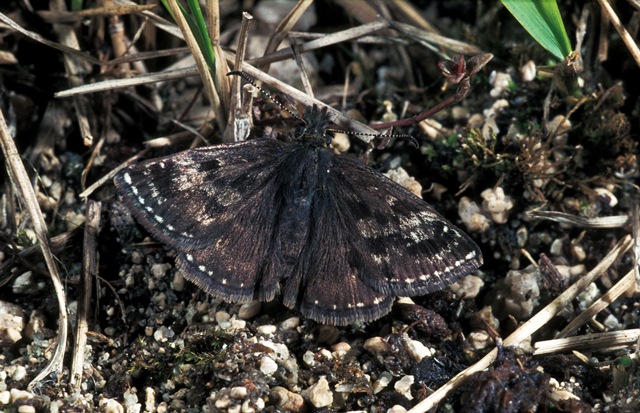 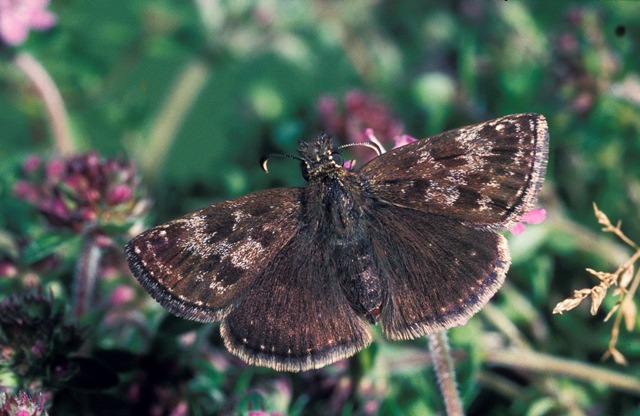 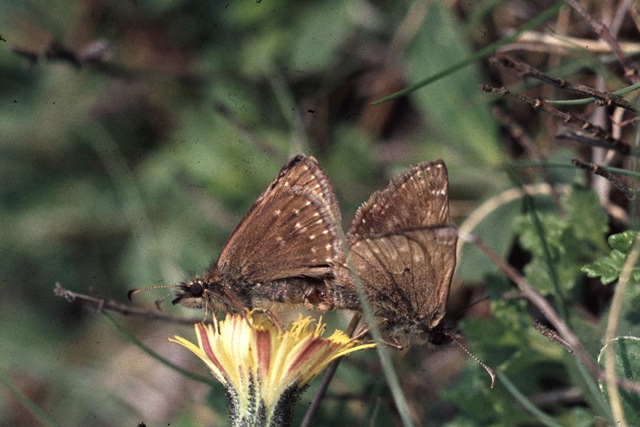
Photographs: Frits Bink ©.
Very small or small, wing length 13 (12-14) mm. The species inhabits grassland where short grass alternates with scattered patches of bare soil; it also occurs along roadside verges. In the Benelux, it is present on chalk grassland in the Netherlands in the south of Limburg, in Luxemburg on relicts of chalk grassland and screes and in Belgium in Wallonia in similar situations on dry, warm slopes of hills.
Adult is on the wing from early-May until mid-June and peaks end-May. There may be a small partial second brood, in which case they may be observed from mid-June until end-August with a small peak in mid-August. The species is known from maritime and continental climates, amplitude 5 to 17, the required heat sum is 400°d and the maximum tolerated 2000°d. The corresponding climate windows are 19 weeks and 38 weeks.
The survival of a local population depends mainly on the survival of the poor grassland and its main host plant, bird’s-foot trefoil (Lotus corniculatus). In the Benelux the species can be considered as one of warm and dry sites; however, in Scotland and Ireland it occurs also in cool and wet habitats (Asher et al. 2001: 76-79).
Ecological characteristics
Behaviour over time
Overwintering: full grown larva in a cocoon like hibernaculum of wilted leaves spun together in the litter.
Reproduction: oviposition starts 4-6 days after hatching, when the body contains 28 (24-32) eggs. Estimated potential production 3 times as much.
Larval feeding periods: 7 weeks in the period from end-May until early-July. In the case of a second brood another period from early-August until end-September.
Generations: usually one but in years with warm summers, a partial second.
Spreading of risk: flexibility in emergence from diapause.
Life cycle: egg 8 (5-21) days; larva 52 (46-58) days or 33-46 weeks including overwintering; pupa 24 (14-36) days.
Life span of adult: short, 2 weeks.
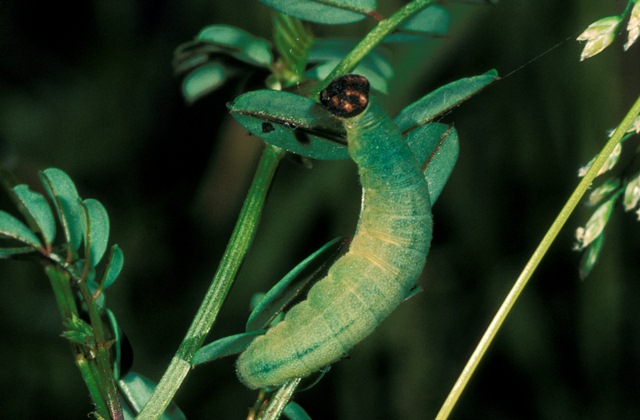 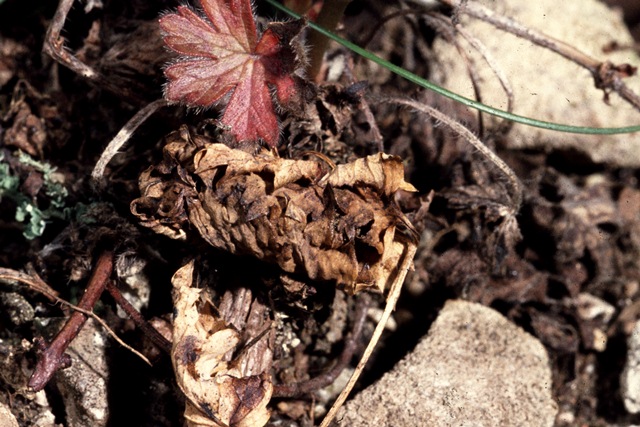
Photographs: Frits Bink ©.
Behaviour in space
From stay-at-home to migrant: stay-at-home, spatial requirement very modest.
Finding a mate: male perches or searches a female on a flower rich site.
Orientation in the landscape: edges between bare soil and short grass.
Oviposition: eggs are laid on the mature leaves of a food plant.
Defence
Threats from other organisms: vulnerable, at no stage is there any effective protection.
Threats from the environment: the species survives best in a dry climate and can withstand heat and draught.
Feeding habits
Adult: nectar of all kinds of flowers, prefers flowers of bird’s-foot trefoil.
Larva: spins some leaves together to create a loose tent and feeds on leaves around the tent.
Larval foodplants
Plant species: Fabaceae, e.g. Hippocrepis comosa, Lotus corniculatus, L. pedunculatus, Securigera varia.
Journal
Rearing experiments based on specimens from Montmédy, France:
23 May 1985: two fresh females (one in copula) collected.
27 May: 72 eggs laid, remaining 6.
1 June: first eggs hatch.
4 June: all hatched.
22 June: larvae in L2.
30 June: larvae in L3, prefer to eat Securigera varia, larvae are now green in colour.
6 July: larvae in L4.
13 July: 37 larvae in last instar, 17 in moult L4-5.
16 July: one larva constructed a cocoon of wilted leaves.
25 July: other larvae constructed cocoons and one larva is now brown in colour.
29 July: about 15 larvae changed colour from green to brown, all feeding activities had stopped.
Overwintered outdoors
13 March 1986: most of the larvae were mobile and looking for a shelter.
15 March: after spraying with water the larvae had gained weight.
23 March: most larvae have constructed new cocoons.
28 March: three pupae, others as prepupae.
4 April: all pupated.
29 April: first adult appeared, a male.
4 May: three-quarters have hatched, egg load counts of freshly hatched females were undertaken.
5 May: first five eggs laid.
9 May: 2 five day old females dissected to record egg loads (see table 8.1) (marked by ۞) result of stress?
Table 8-1. Results of dissections
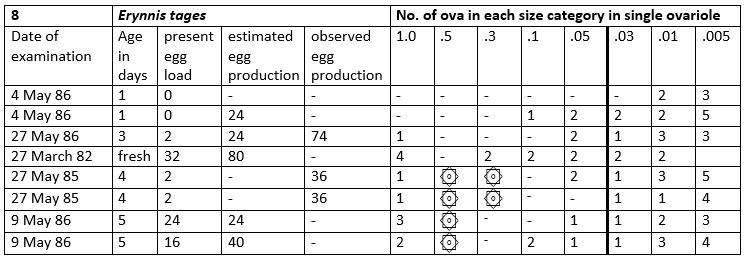
Table 8-2. Collection and observation localities
B, Nîsmes, Tiènne-Breumont 215 m, 50° 04’ 40”N – 4° 32’ 35”E; 28 May 1982.
B, Theux 50° 33’ 20”N – 5° 49’ 50”E; 19 June 1983.
F, Lorraine, Lion-devant-Dun 300 m, 49° 23’ 40”N – 5° 14’ 03”E; 12 June 1984.
B, Theux 50° 33’ 20”N – 5° 49’ 50”E; 17 June 1983.
B, Torgny 237 m, 49° 30’ 40”- 5° 29’ 04”E; 19 June 1983.
D, Blankenheim 50° 22’ 40”N – 6° 41’ 05”E; 20 June 1983.
D, Lorch 300m, 50° 02’ 05”N – 7° 47’ 56”E; 26 May 1986.
F, Cap Blanc-Nez 30 m, 50° 55’ 37”N – 1° 42’45”E; 10 June 2000, 19 June 2000.
F, Montmedy 217m, 49° 31’ 92”N – 5° 21’ 38”E; 23 May 1985.
F, Saint-Germain-sur-Ay-Plage 49° 13’ 13”N – 1° 37’ 36”W; 31 May 2000.
F, Wintzfelden, 351 m, 47° 59’ 01”- 7° 12’ 32”E; 3 September 1981 (larvae).
NL, Ubachsberg, Wrakelberg 50° 50’ 58”N - 5° 54’ 37”E; 20 May 2003.
S, Gotland, Russväter 57° 23’ 29”N – 18° 43’ 36”E; 21 June 2004.
S, Gotland, Lickershamn 57° 50’ 17”N – 18° 34’ 54”E; 3 July 2004.
Fig. 8-1. Erynnis tages, phenogram adapted from Fichefet et al. 2008: 41.
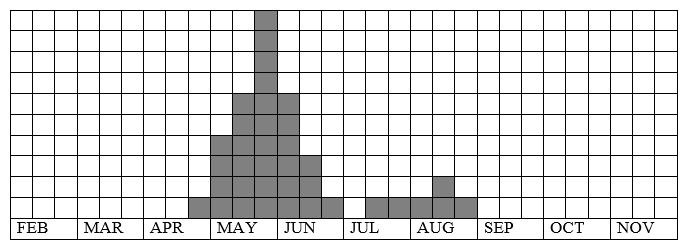
Fig. 8-2. Erynnis tages, habitat characteristics.
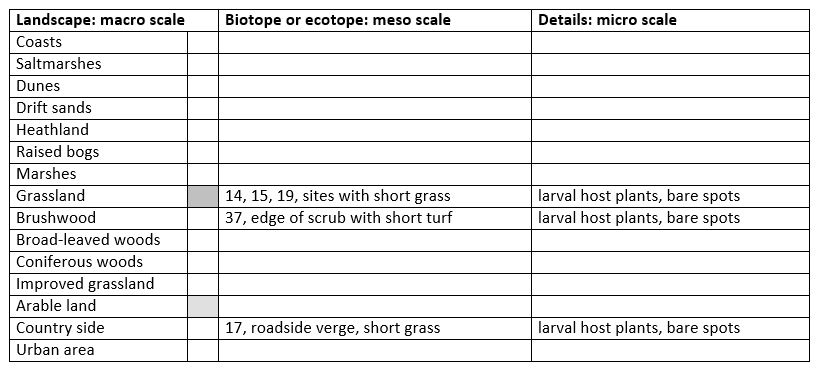
Fig. 8-3. Erynnis tages, climate matrix, heat-sums 400 - 2000°d.
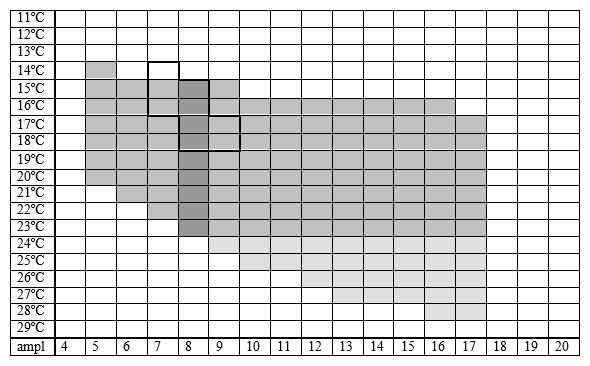
|










